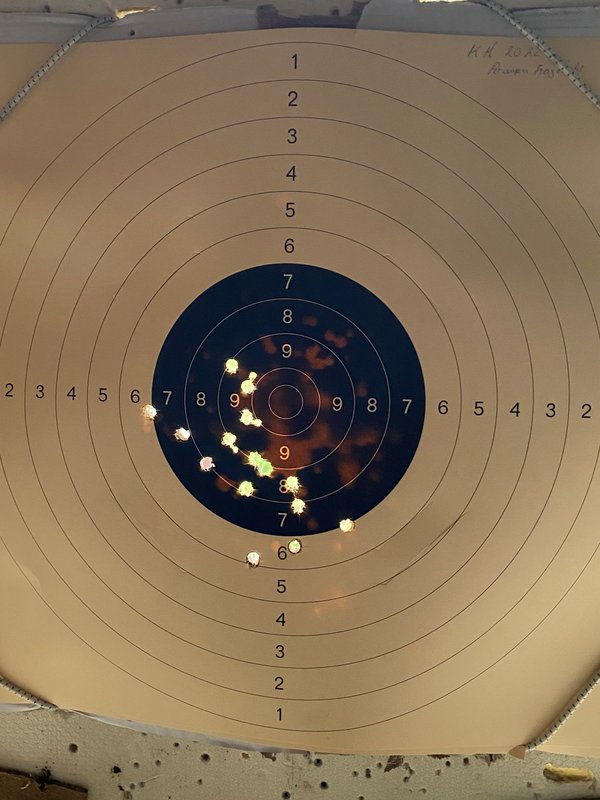Hi Nate, With a Ninety Grain Mule kicking you up the backside you are going to expand. Please listen to those in the MLALR club. If you want to go to 600/1200 yards they have all the 1860/1870s Range books and litriture that were published about shoots at Wimbledon ( before tennis) and Other matches. Pity a member had double vision at Creedmoor." Targets look similar at 1000 yds if you do not have your distace Glasses.I would have to try it for myself!
Pure lead also fills the bore upon firing.
Unlike a cartridge the bullet in a muzzloader is in effect undersized. Add an alloy so the bullet can not upset to fill the bore is never going to help accuracy.
What we're the original bullets? Pure lead or other?
If you are going into L/R I am thinning my Gun room. Inviting interest in a Replica Gibbs-Metfoford.. OLD DOG..






